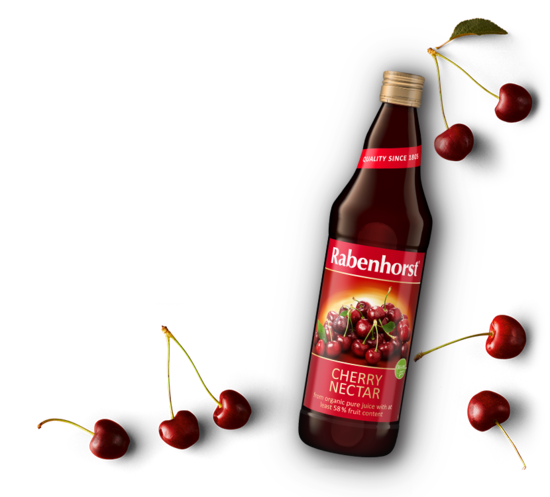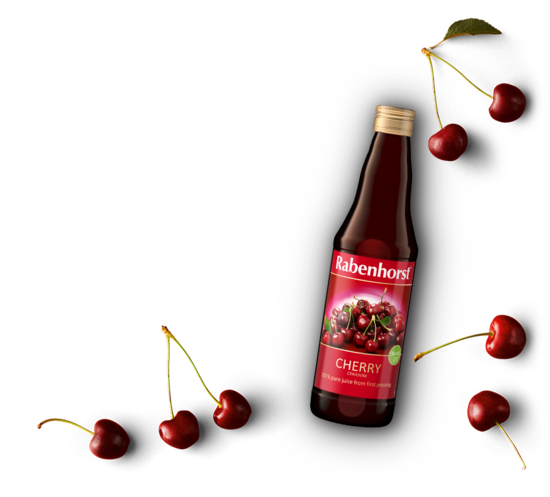What fruit nectar means - definition
Fruit nectar by definition is a drink made from fruit juice or pulp, water and types of sugar or honey. But what is the difference between fruit juice, fruit nectar and fruit juice drink? What exactly is meant by these different names for beverages containing juice is regulated in Germany by the Fruit Juice Ordinance and by the guidelines for soft drinks. While a fruit juice always has a fruit content of 100 %, only certain minimum fruit contents are prescribed in nectars. In addition, nectars may contain up to 20 % added sugar and other ingredients may be added to refine the taste. However, these must always be precisely declared.
So much fruit must be in one nectar
The difference between nectar and juice therefore lies in the legally prescribed minimum fruit content. For nectars, these vary depending on the fruit, whereby the following criteria are decisive:
- fruits whose juice is suitable for immediate consumption (e.g. apples and oranges): nectar must have at least 50% fruit content.
- fruits with acidic juice which is not suitable for immediate consumption (e.g. limes, blackberries and blackcurrants): nectar must have between 25 and 50 % fruit content, depending on the fruit.
- fruits with a lot of pulp (e.g. bananas and mangos): nectar must have at least 25 % fruit content.
However, in order to meet our high quality standards, the fruit content of our Rabenhorst nectars exceeds these legal requirements. Our nectars contain a higher fruit content for a special and natural taste experience - for example, our blueberry nectar contains 70 % fruit content, although the law only requires 40 %.
Excursus: Nectar vs. pure juice from first pressing
If a pure juice is obtained from fruits with a high acid content (e.g. blackcurrants or sour cherries), it is also called pure juice from first pressing. For example, you can make a delicious spritzer from pure juice from first pressing by diluting it with water. The intense flavourings offer a natural pleasure. You can find out more about this in our article "What is pure juice from first pressing?“
Therefore, some fruits are exclusively used to produce nectar
There are various reasons why a fruit is not made into a pure juice with 100 % fruit content, but into a nectar:
- because the fruits are very sour, such as currants or wild blueberries.
- because the fruit has a lot of pulp or the pulp is too dense, as in the case of mangoes and bananas.
So whether we at Rabenhorst process a fruit into juice or nectar depends on its acidity and the amount of its pulp. All our nectars are always made from high-quality pure juices and the exact fruit content is declared on the bottle label. As a matter of principle, Rabenhorst does not use juice or nectar from concentrate in the juice production process in order to preserve the valuable natural ingredients and vitamins of the fruit and to offer you our usual high quality. You can find out exactly what the difference is between pure juice and concentrate here.
FAQ
What does nectar mean? What is the minimum prescribed fruit content?
The prescribed minimum fruit contents for nectars are legally regulated in Germany in the Fruit Juice Ordinance. Depending on the fruit, these minimum fruit contents are between 25 % and 50 %. However, the manufacturers of fruit nectars are free to use a higher fruit content. At Rabenhorst, for example, we exceed the legal requirements for all of our nectars in order to guarantee a special enjoyment through a higher fruit content.
Why is nectar and not juice made from certain fruits?
Fruits with a lot of pulp produce little juice, so they must be diluted with water. Fruits with very acidic juice, on the other hand, usually need dilution to become an aromatic drinking pleasure. Therefore, processing the fruits into nectar is a good variant to enjoy the variety of flavours.



